Home>Furniture>Outdoor Furniture>What To Do With A Cracked Cement Patio
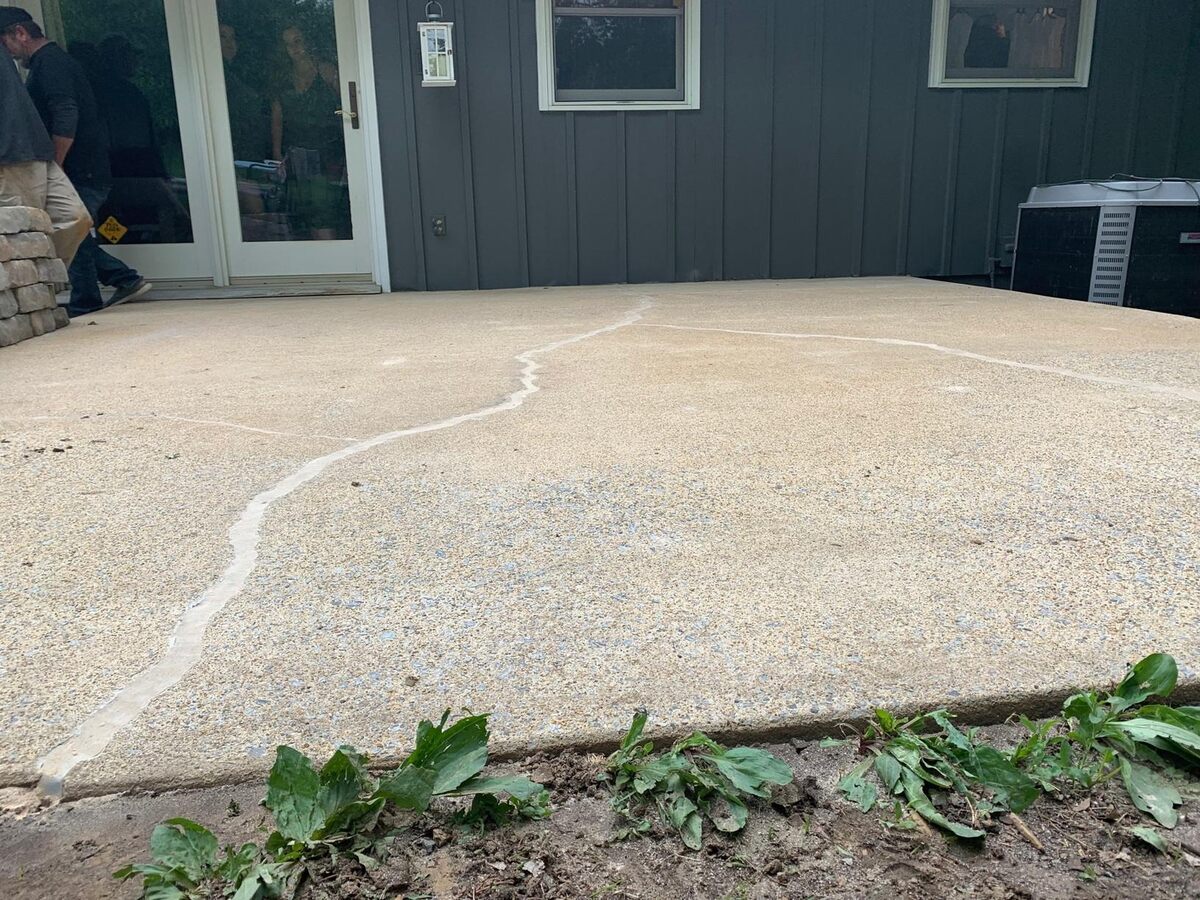

Outdoor Furniture
What To Do With A Cracked Cement Patio
Modified: October 20, 2024
Discover how to transform your cracked cement patio with outdoor furniture. Create a stylish and inviting space for relaxing and entertaining outdoors.
(Many of the links in this article redirect to a specific reviewed product. Your purchase of these products through affiliate links helps to generate commission for Storables.com, at no extra cost. Learn more)
Introduction
Having a cracked cement patio can be frustrating and can significantly affect the overall look and functionality of your outdoor space. However, it doesn’t have to be a cause for despair. With the right knowledge and approach, you can effectively address the issue and restore your patio to its former glory.
In this article, we’ll explore different options for dealing with a cracked cement patio, ranging from simple patching techniques to more intensive repair methods. We’ll also discuss preventive measures to help prolong the lifespan of your patio and minimize the chances of future cracks.
So, if you’ve been wondering what to do with a cracked cement patio, read on to discover the best solutions for repairing and maintaining your outdoor space.
Key Takeaways:
- Don’t let a cracked cement patio bring you down! From simple patching to complete replacement, there are options to restore your outdoor space. Regular maintenance and preventive measures can also help minimize future damage.
- Assess the cracks, choose the right repair method, and implement preventive measures to keep your patio looking great. Whether it’s patching, resurfacing, or replacing, there’s a solution to fit your needs and budget.
Read more: How To Clean Mold Off A Cement Patio
Assessing the Damage
Before you can decide on the best course of action to repair your cracked cement patio, it’s important to assess the extent and cause of the damage. This will help you determine the most suitable repair method and materials to use.
Start by thoroughly inspecting the cracked areas of your patio. Look for any signs of underlying structural issues, such as uneven settling or water damage. Cracks can occur due to a variety of factors, including freeze-thaw cycles, heavy loads, soil movement, or improper installation.
Measure the width, depth, and length of the cracks to get an idea of the severity. Small hairline cracks, typically less than 1/8 inch wide, are usually cosmetic and can be easily repaired. However, larger cracks, especially those wider than 1/4 inch or exhibiting signs of instability, may require more extensive repairs.
Additionally, consider the location of the cracks. If they are concentrated in a specific area or along the edges of the patio, it might indicate a problem with the underlying foundation or drainage. These issues should be addressed to prevent further damage.
Understanding the nature and extent of the damage will help you make an informed decision when it comes to choosing the most appropriate repair method. Whether it’s a minor cosmetic fix or a more comprehensive restoration, accurately assessing the damage is a crucial first step towards restoring your patio to its original condition.
Repairing Option 1: Patching the Crack
If you’re dealing with small, hairline cracks on your cement patio, patching is an effective and relatively simple repair option. Here’s how you can patch the cracks:
- Clean the cracked area: Start by thoroughly cleaning the cracked area of any dirt, debris, or loose materials. Use a wire brush or a high-pressure hose to ensure a clean surface.
- Apply a concrete patching compound: Choose a high-quality concrete patching compound that is specifically formulated for outdoor use. Follow the manufacturer’s instructions to mix the compound properly.
- Fill the crack: Use a trowel or putty knife to fill the crack with the prepared patching compound. Ensure that the crack is completely filled and leveled with the surrounding surface.
- Smooth and blend: Once the crack is filled, use the trowel or putty knife to smooth out the patched area and blend it with the rest of the patio surface. This will create a seamless finish.
- Cure and seal: Allow the patch to cure according to the manufacturer’s instructions. Once cured, apply a concrete sealant to protect the repaired area from moisture and further damage.
Patching is a great option for minor cracks, as it provides a quick and cost-effective solution. However, it’s important to note that patching may not be as durable as other repair methods and may require periodic maintenance and reapplication in the future.
Keep in mind that patching is most effective for hairline cracks that are less than 1/8 inch wide. If you have larger or more extensive cracks, it’s advisable to consider other repair options for a more long-lasting solution.
Repairing Option 2: Resurfacing the Patio
If your cracked cement patio has multiple cracks or the existing surface is worn and deteriorated, resurfacing the patio is an excellent option. Resurfacing can give your patio a fresh new look while providing a durable and long-lasting solution. Here’s how you can resurface your patio:
- Clean the patio: Start by cleaning the entire patio surface to remove dirt, dust, and any loose debris. Use a pressure washer or a stiff-bristled brush along with a cleaning solution to ensure a thorough cleaning.
- Repair major cracks: Before resurfacing, address any major cracks or damaged areas. Use a concrete patch and follow the manufacturer’s instructions to fill and repair these areas.
- Apply a bonding agent: To enhance the bonding between the old surface and the new overlay, apply a bonding agent to the entire patio. This will ensure a strong adhesion of the new layer.
- Mix and apply the overlay: Prepare the overlay material according to the manufacturer’s instructions. This could be a cement-based overlay or a polymer-modified topping. Apply the overlay evenly on the patio surface, using a trowel or a squeegee. Ensure a smooth and uniform thickness.
- Texture and finish: Depending on your preference, you can add texture to the newly resurfaced patio. This can be achieved by using tools like a trowel, broom, or stamping techniques. Experiment with different textures to create the desired aesthetic.
- Cure and seal: Allow the overlay to cure as per the manufacturer’s instructions. Once cured, apply a concrete sealant to protect the resurfaced patio from stains, moisture, and UV damage.
Resurfacing your patio not only repairs the cracks but also gives you the opportunity to transform the look of your outdoor space. You can choose from a variety of decorative options, such as stamped patterns, colored overlays, or exposed aggregate finishes, to create a customized and visually appealing patio.
Resurfacing is a more labor-intensive process compared to patching, but it provides a more durable and long-term solution. It can extend the life of your patio and improve its overall functionality and aesthetics.
Fill the cracks with a concrete patching compound, then smooth it out with a trowel. Once dry, apply a concrete sealer to protect the surface from future damage.
Repairing Option 3: Replacing the Patio Slabs
If your cracked cement patio has extensive damage or if you’re looking for a complete overhaul, replacing the patio slabs might be the best option. This is a more intensive and time-consuming process, but it can result in a brand new patio that is free from cracks and structural issues. Here’s how you can replace the patio slabs:
- Assess the scope of work: Determine the number of slabs that need to be replaced and calculate the total area that will be involved. This will help you estimate the amount of materials and time needed for the project.
- Remove the old slabs: Use a jackhammer or a masonry chisel to break up the cracked slabs. Start at one corner and work your way across the patio. Remove the broken pieces and dispose of them properly.
- Prepare the base: Once the old slabs are removed, assess the condition of the base. Ensure that it is level, compacted, and free from any loose debris. Make necessary adjustments or repairs as needed.
- Install new slabs: Place the new slabs on the prepared base, ensuring they are aligned and properly spaced. Use a rubber mallet to gently tap them into place, ensuring a snug fit. Check for levelness and make any necessary adjustments.
- Fill the joints: Once the slabs are installed, fill the joints between them with a polymer-modified jointing compound. This will provide stability and prevent weeds or vegetation from growing in between the slabs.
- Cure and seal: Allow the newly installed slabs to cure for the recommended time. Once cured, apply a concrete sealant to protect the surface and enhance its longevity.
Replacing the patio slabs is a significant undertaking but can provide a fresh start for your outdoor space. It allows you to address any underlying issues with the base, ensures a uniform and durable surface, and eliminates the risk of future cracking.
If you’re considering this repair option, it’s recommended to seek professional help, especially if you have limited experience with concrete work. A professional contractor can ensure proper installation and provide guidance throughout the process.
Read more: How To Fix A Cracked Concrete Patio
Preventive Measures
To prolong the lifespan of your cement patio and minimize the chances of future cracking, it’s important to take preventive measures. By implementing these practices, you can protect your patio from potential damage and ensure it remains in good condition for years to come. Here are some preventive measures to consider:
- Proper installation: Ensure that your cement patio is properly installed from the beginning. This includes proper site preparation, adequate ground stabilization, and the use of quality materials. Hiring a professional contractor can help ensure a solid and durable foundation for your patio.
- Regular cleaning and maintenance: Keep your patio clean and free from debris, dirt, and grime. Regularly sweep or wash the surface using a mild detergent and water. Avoid using harsh chemicals or abrasive cleaners that can damage the concrete.
- Protective coatings: Apply a concrete sealant or protective coating to your patio on a regular basis. This helps to enhance the durability of the surface, protect it from the elements, and prevent moisture penetration. Be sure to follow the manufacturer’s guidelines for application and reapplication.
- Proper drainage: Ensure proper drainage around your patio to prevent water from pooling or collecting. Standing water can cause the ground to shift and lead to cracks in the concrete. Slope the surrounding landscape away from the patio and consider installing a drainage system if necessary.
- Use furniture pads: When placing furniture or heavy objects on your patio, use furniture pads or protective mats to prevent scratching or cracking. This is especially important for items with metal or sharp edges.
- Protect from extreme weather: Take precaution during extreme weather conditions, such as freezing temperatures or intense heat. During winter, avoid using chemical deicers, as they can damage the concrete. In the summer, consider using shade structures or patio umbrellas to protect the surface from excessive heat.
- Regular inspections: Periodically inspect your patio for any signs of cracking or damage. Addressing small cracks or issues early on can prevent them from worsening and requiring more extensive repairs down the line.
By implementing these preventive measures, you can significantly reduce the risk of cracks and damage to your cement patio. Regular maintenance and proactive care will help keep your patio looking its best and ensure its longevity.
Conclusion
A cracked cement patio can be a source of frustration, but with the right approach, it can be effectively repaired and restored. Whether you choose to patch the cracks, resurface the patio, or replace the slabs, there are options available to suit your specific needs and budget. Preventive measures, such as proper installation, regular maintenance, and protective coatings, can also help prolong the lifespan of your patio and minimize the chances of future cracks.
When dealing with a cracked cement patio, it’s important to assess the extent of the damage and determine the underlying causes. This will help you choose the most appropriate repair method and materials. While patching is suitable for small hairline cracks, resurfacing offers a more durable and aesthetically pleasing solution for extensive damage. Replacing the patio slabs provides a fresh start, addressing any structural issues and ensuring a uniform surface.
No matter which repair option you choose, it’s essential to follow proper techniques, use quality materials, and, if needed, seek professional assistance. Additionally, incorporating preventive measures into your patio maintenance routine will help protect your investment and keep your outdoor space in excellent condition for years to come.
Remember, repairing and maintaining your cracked cement patio not only enhances its appearance but also ensures a safe and enjoyable outdoor environment for you and your loved ones. So, don’t let those cracks go unnoticed – take action and restore your patio to its former glory!
Frequently Asked Questions about What To Do With A Cracked Cement Patio
Was this page helpful?
At Storables.com, we guarantee accurate and reliable information. Our content, validated by Expert Board Contributors, is crafted following stringent Editorial Policies. We're committed to providing you with well-researched, expert-backed insights for all your informational needs.
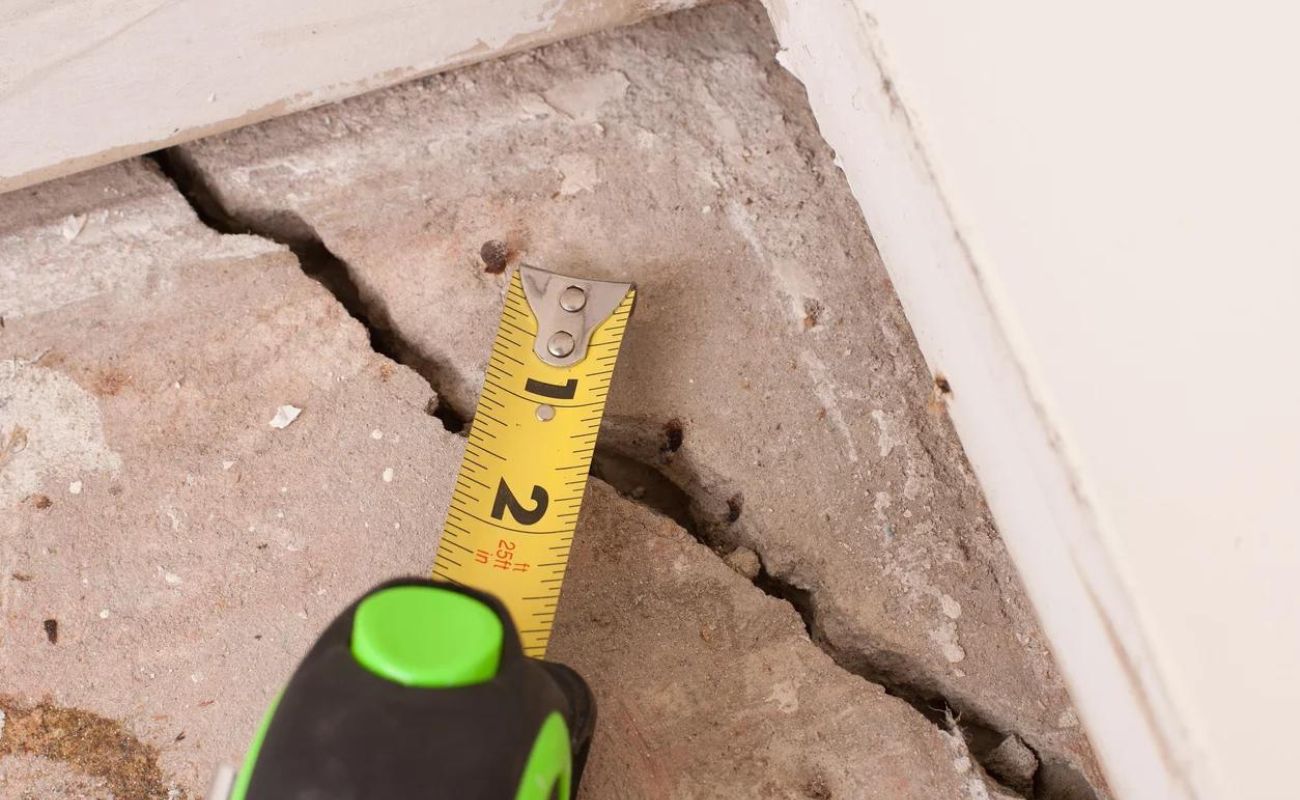
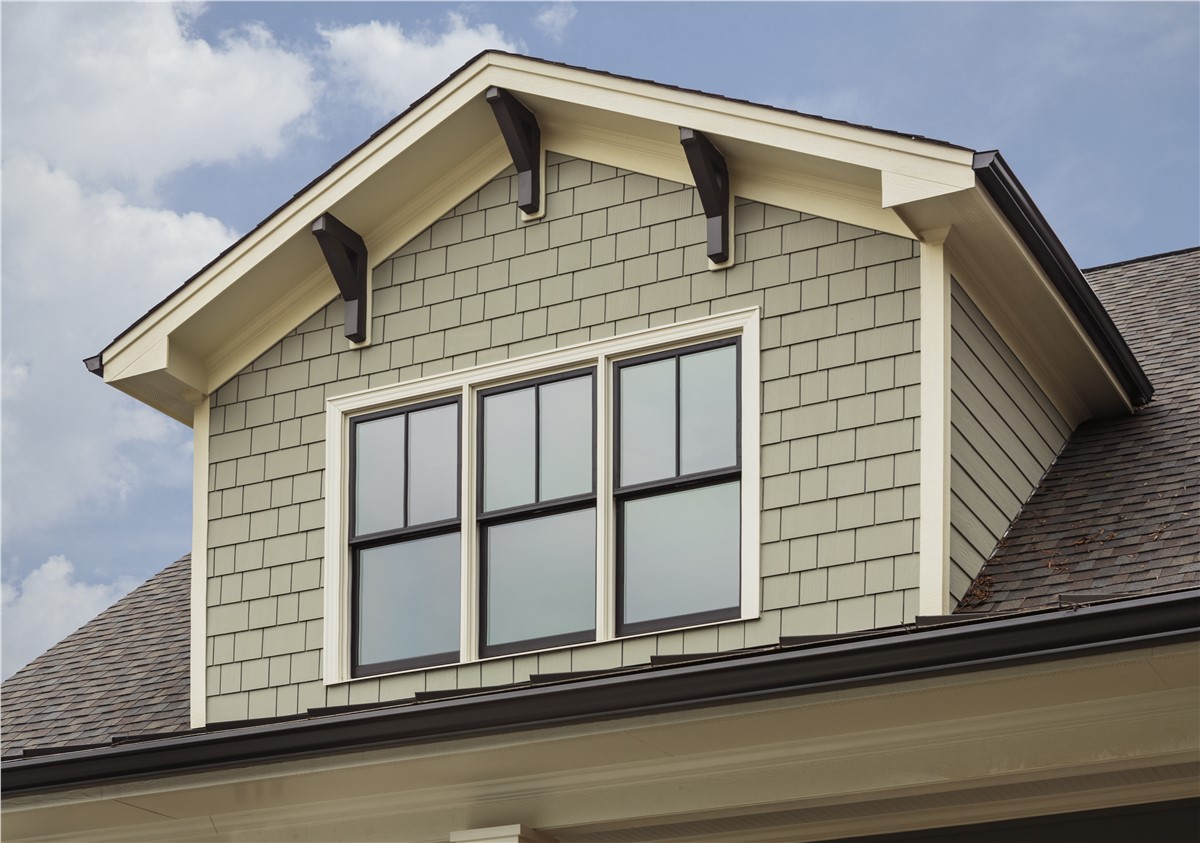
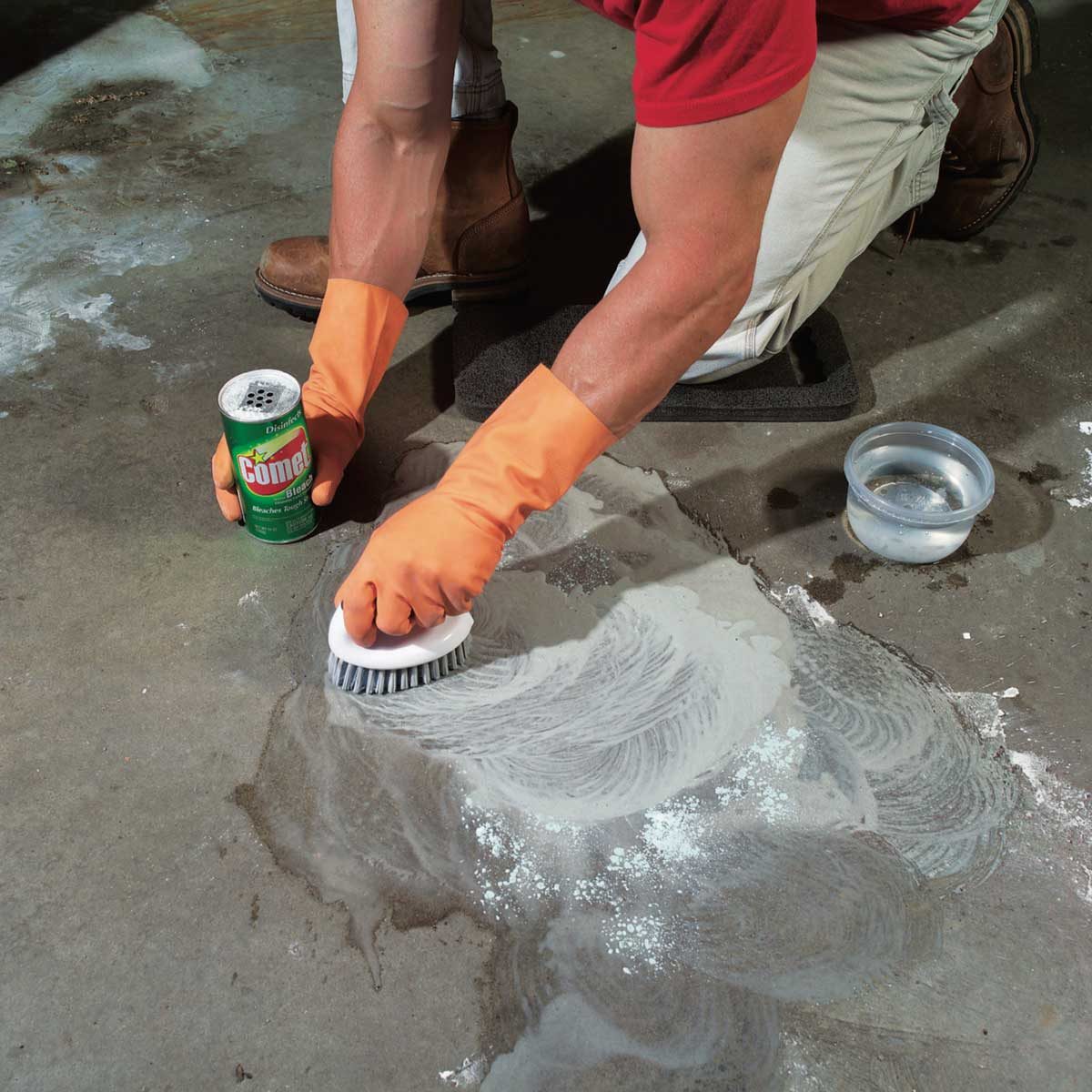

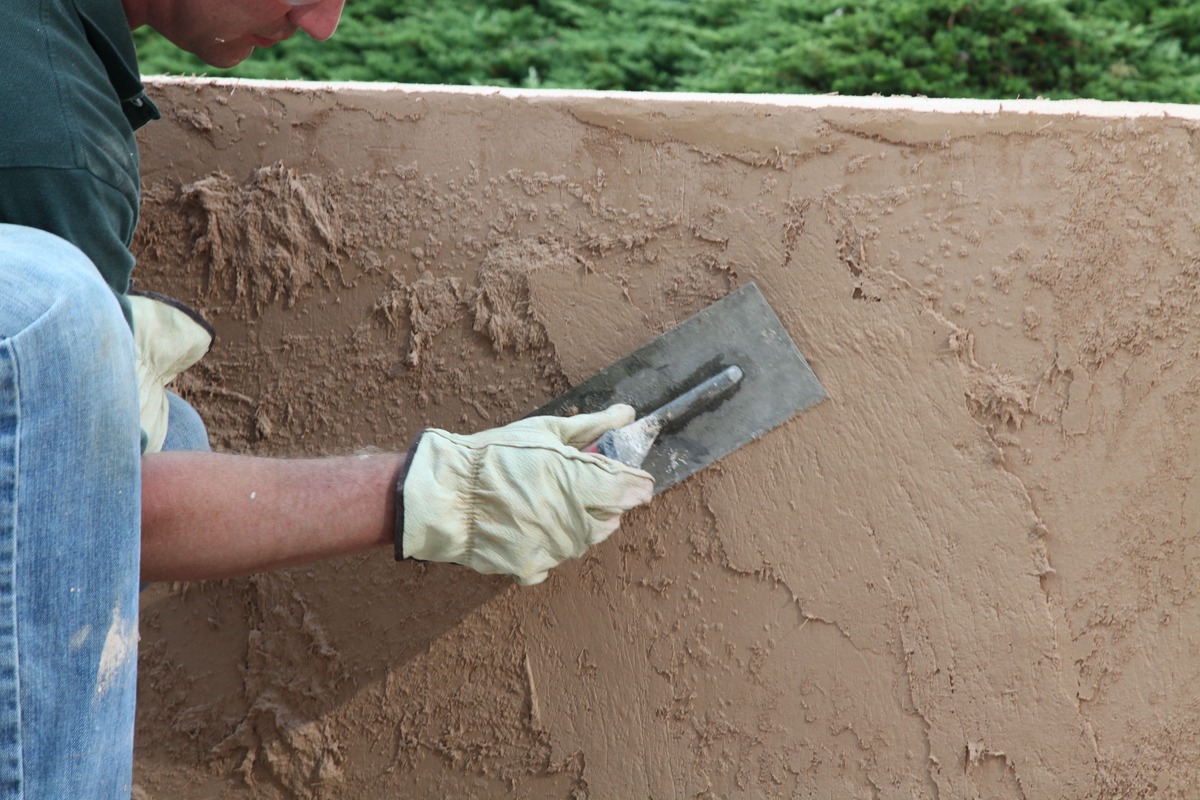
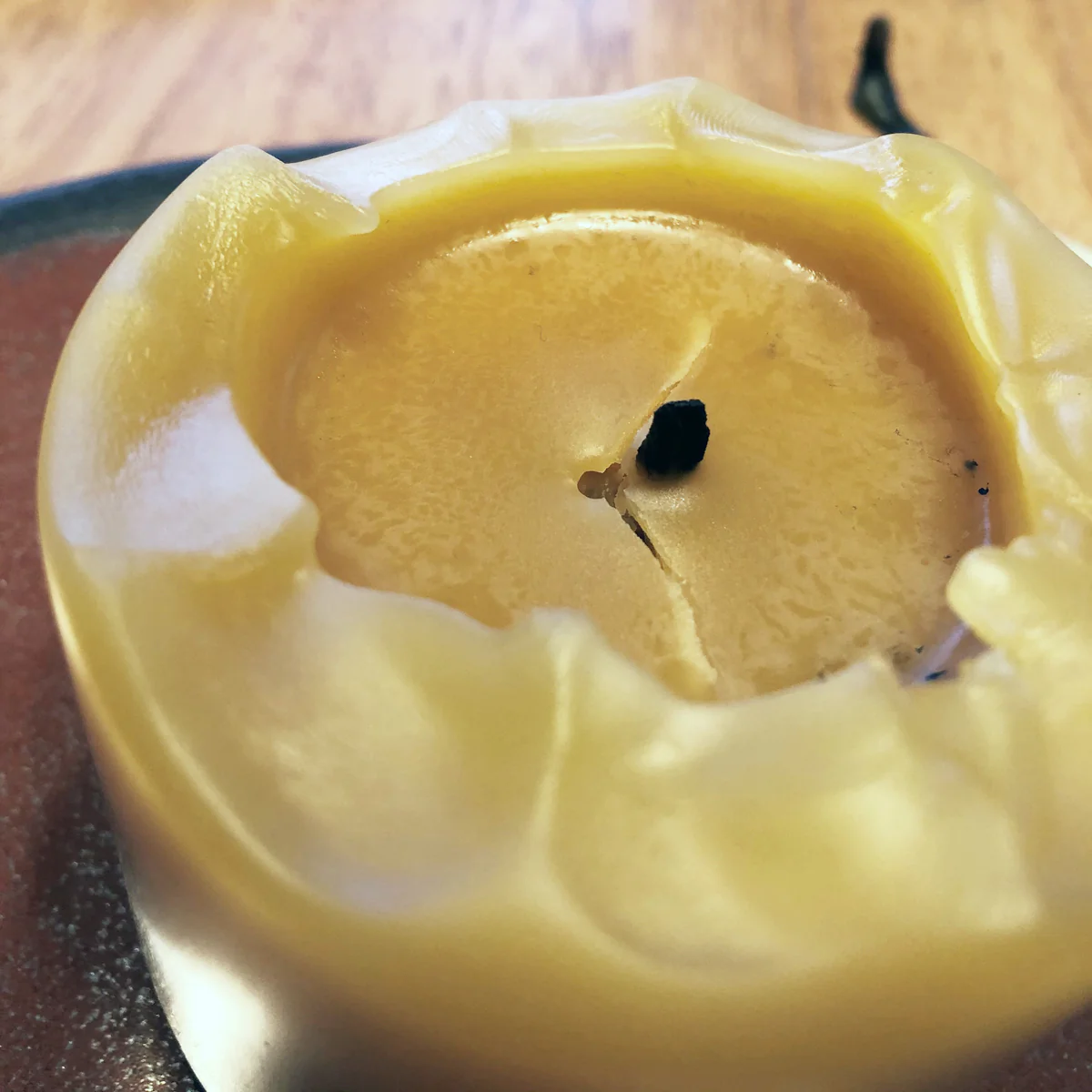


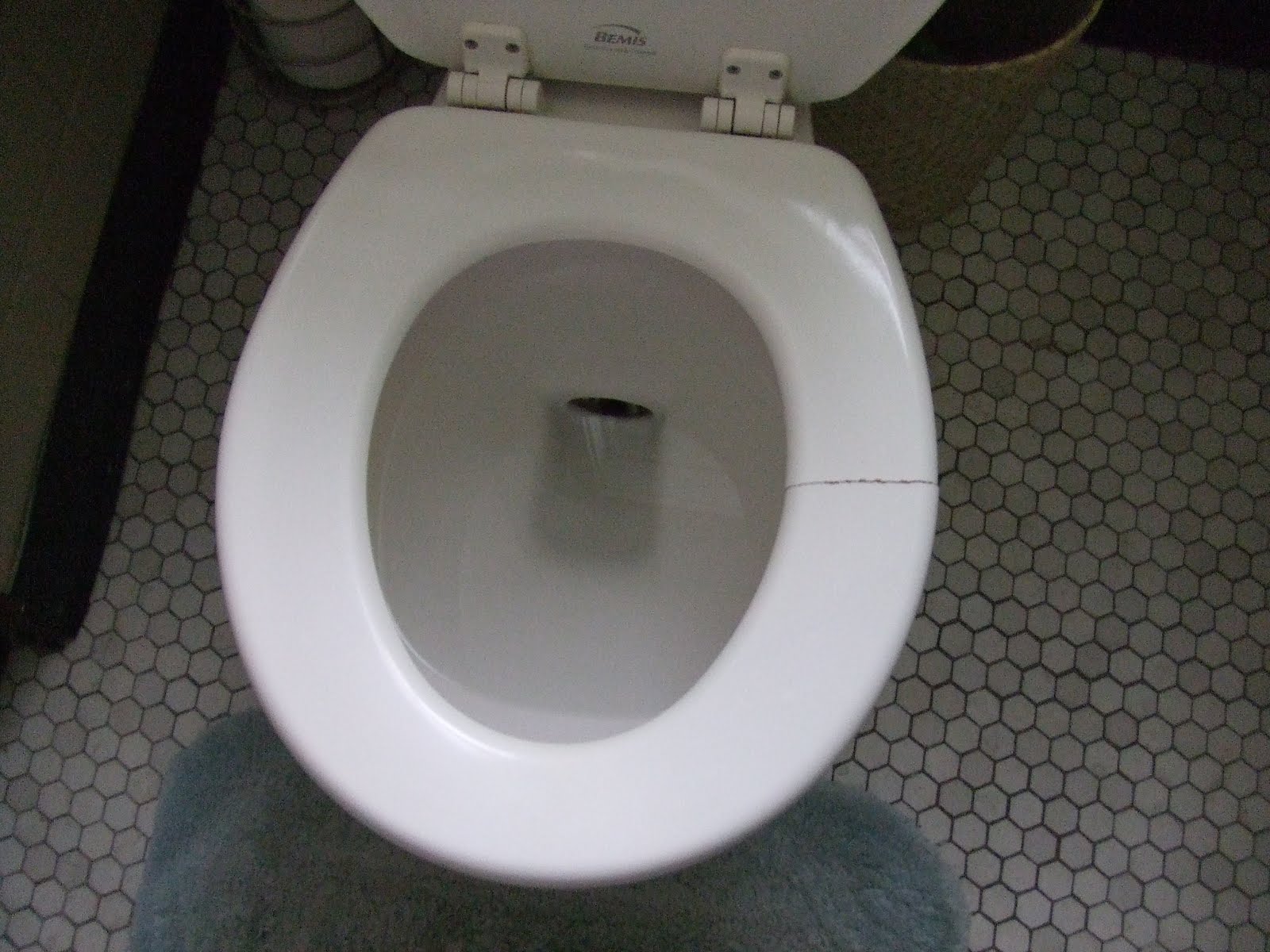

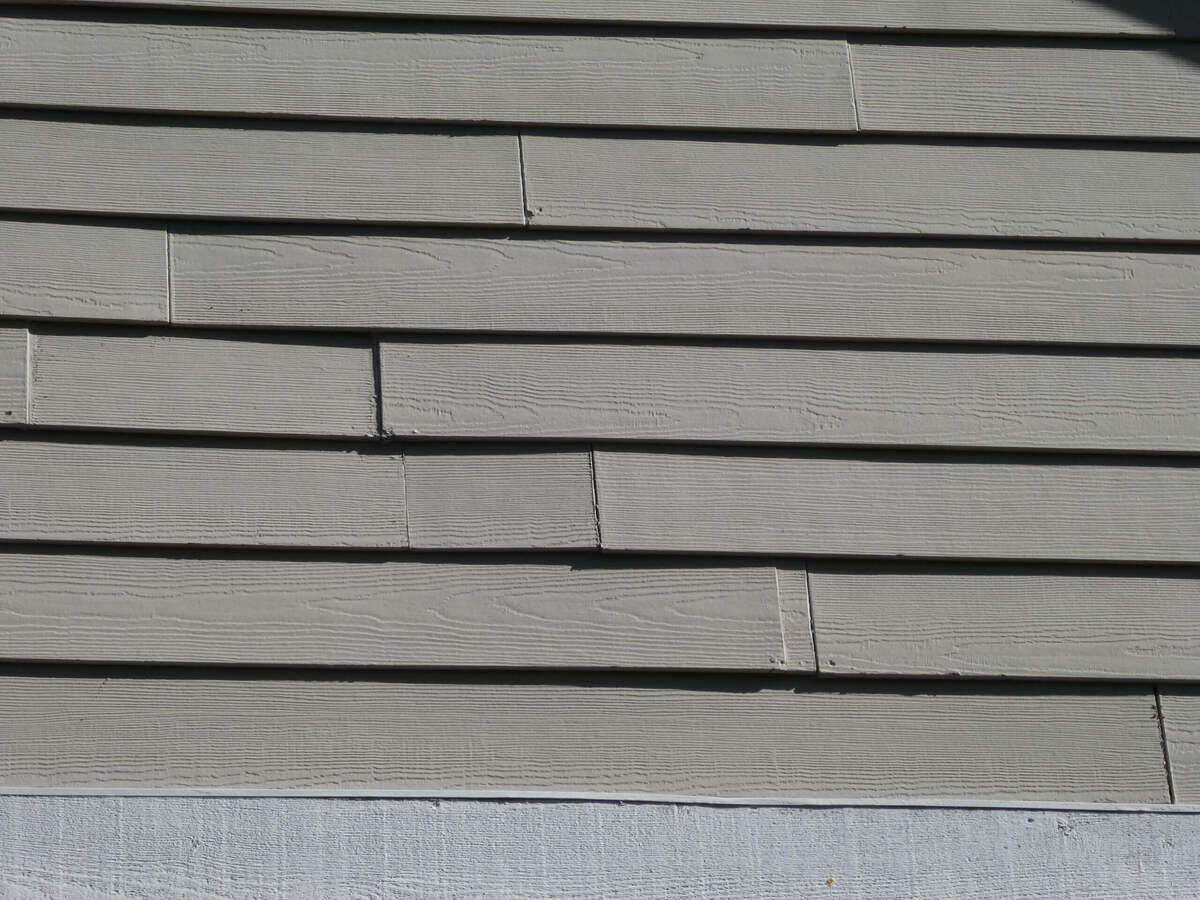
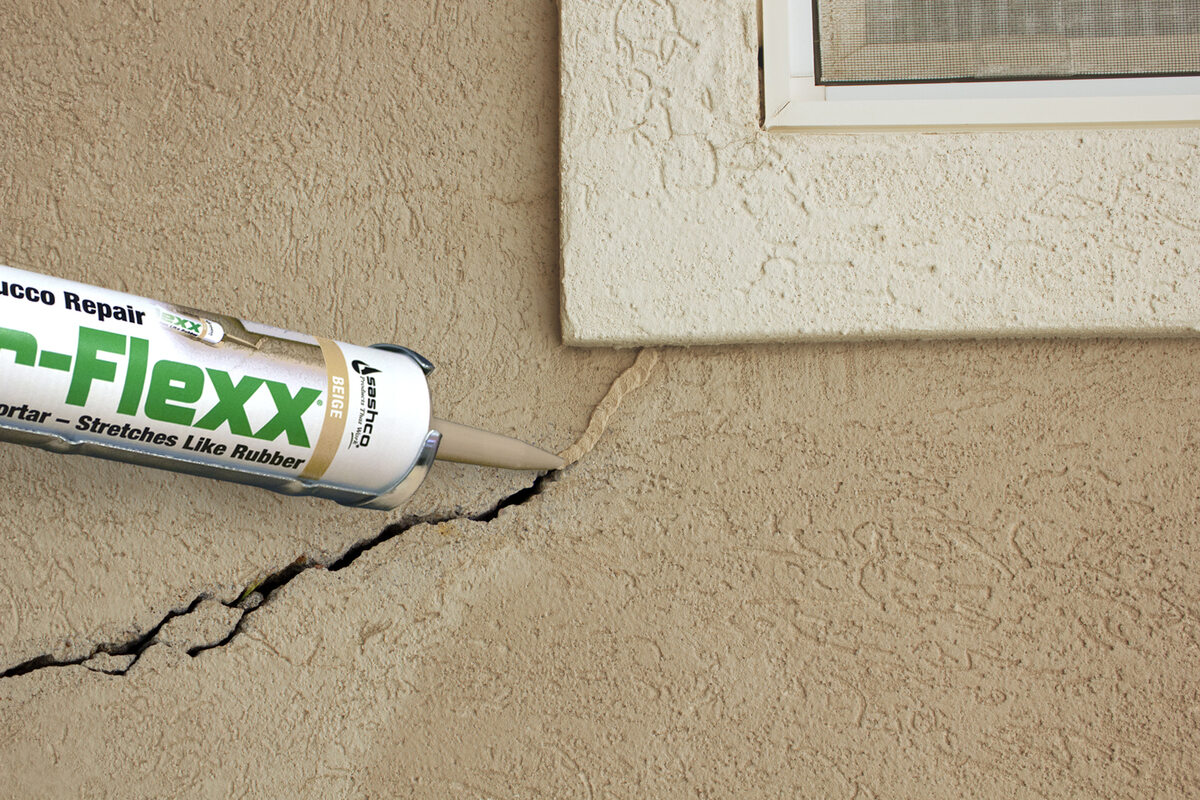
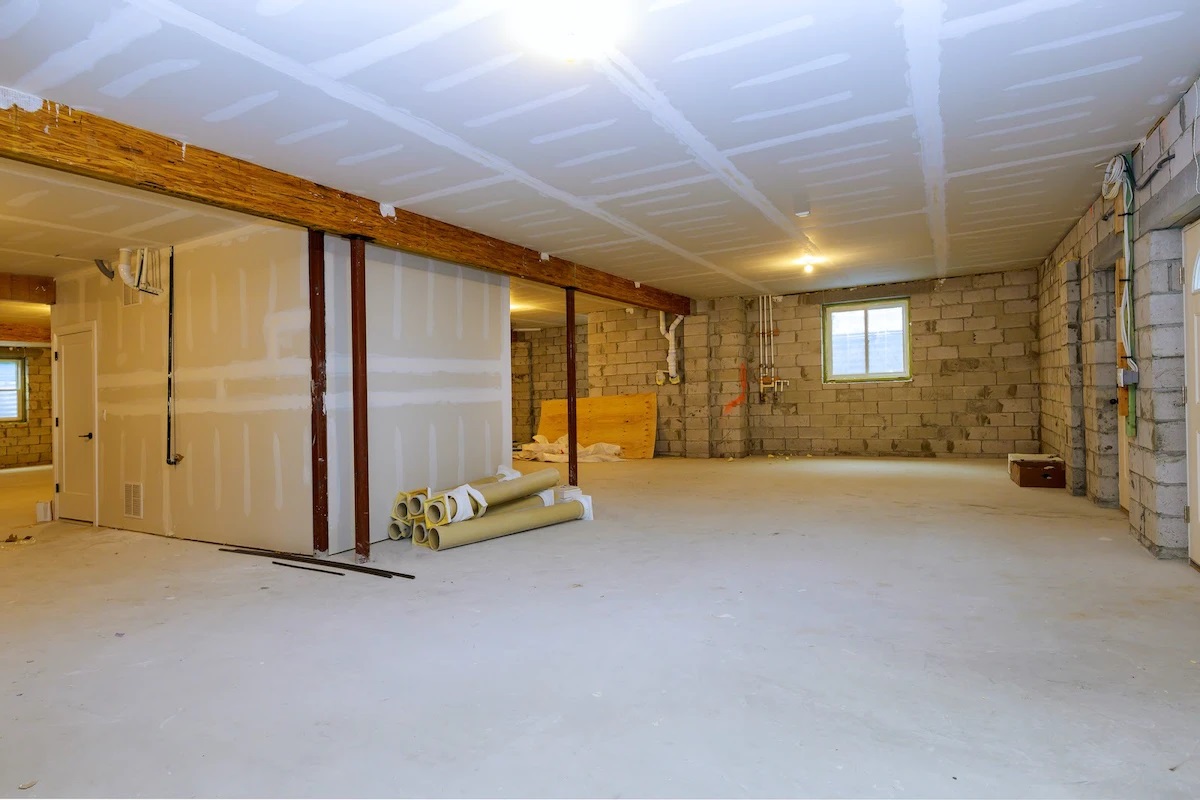
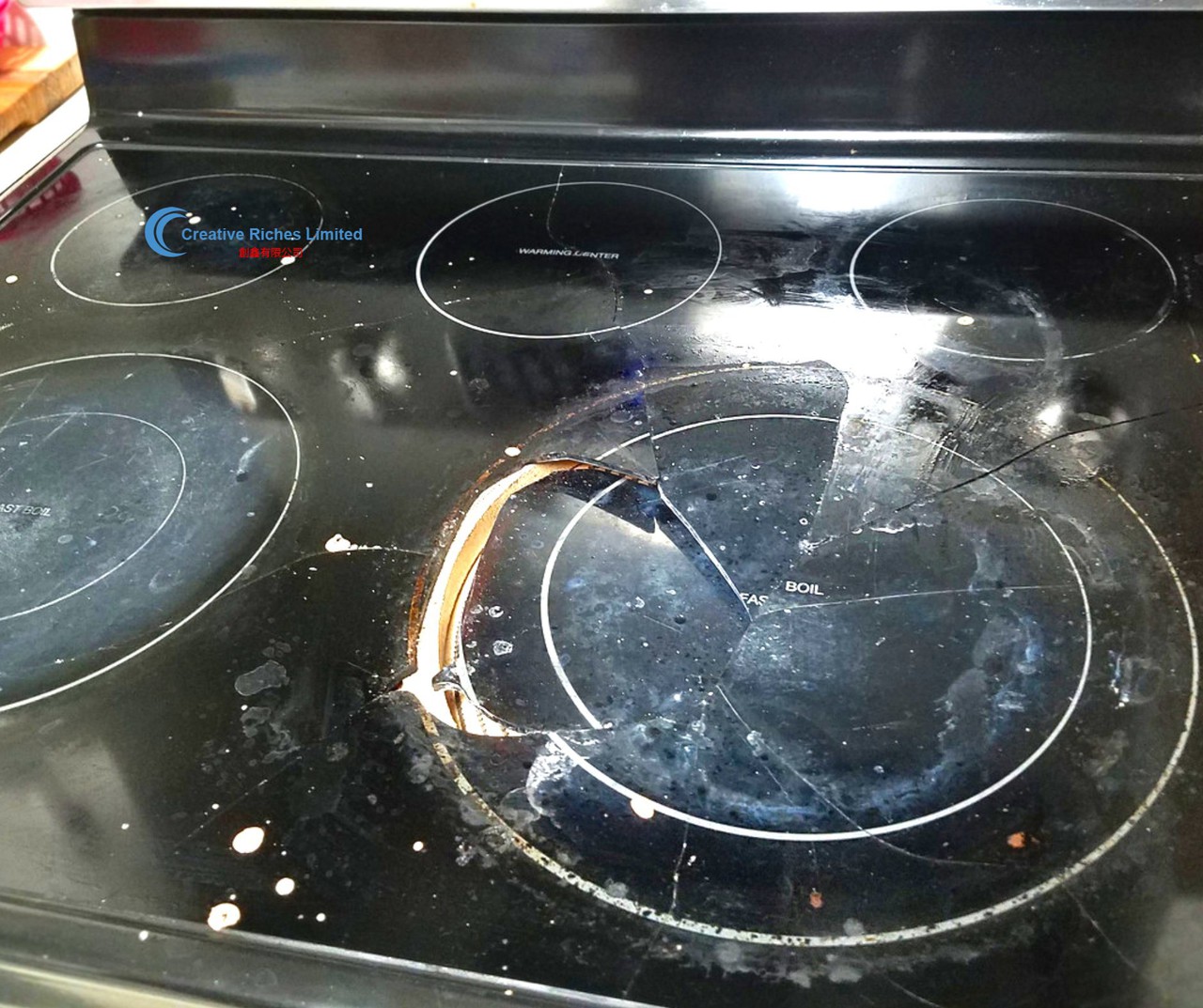

0 thoughts on “What To Do With A Cracked Cement Patio”